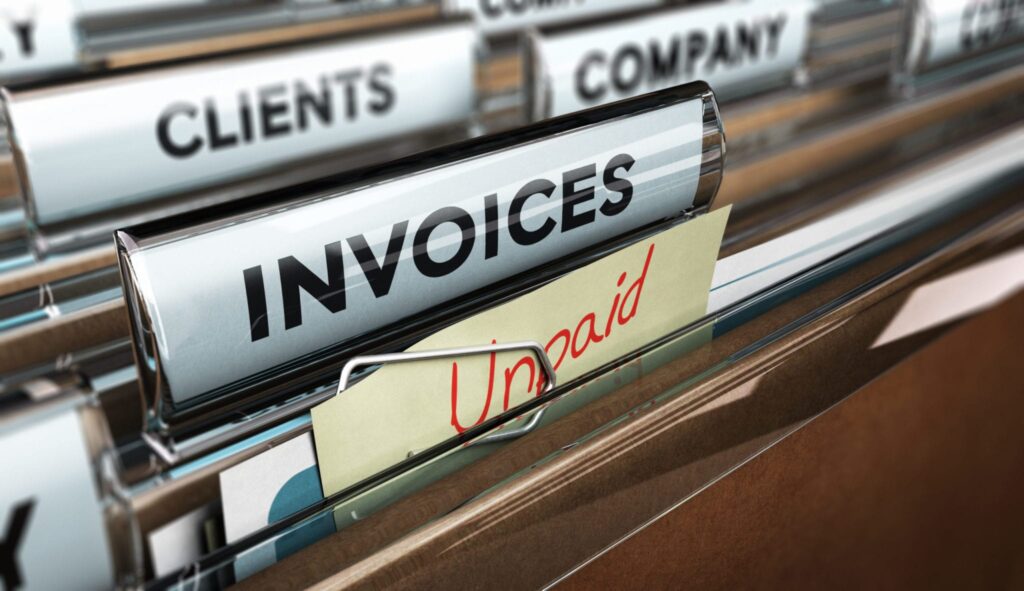Strategies for Improving Your Invoice Workflow Efficiency

Invoicing is the core aspect of any successful business. It’s the process through which you get paid for your products and services, and make sure you are running a profitable business.
However, traditional invoicing methods can be cumbersome, error-prone, and time-consuming. This is where improving your invoice workflow efficiency becomes crucial.
By streamlining your invoicing process, you can save time, reduce errors, and enhance client satisfaction.
In this article, we’ll explore strategies to enhance your invoice workflow efficiency.
Streamlining Your Invoicing Process

Assessing Your Current Invoicing Workflow
The first step in improving your invoice workflow efficiency is to assess your current process. Identify every step involved, from generating invoices to payment collection. Take note of any bottlenecks or repetitive tasks that could be automated.
Identifying Bottlenecks and Pain Points
Common bottlenecks in invoicing include manual data entry, invoice approval delays, and difficulties in tracking invoice status. Pain points may include clients receiving invoices late, misunderstandings regarding payment terms, or discrepancies in billing.
Setting Efficiency Goals
Once you’ve identified the bottlenecks and pain points, set clear efficiency goals. These goals could include reducing the time it takes to create and send invoices, eliminating errors, and improving communication with clients regarding payments.
Leveraging Technology
Embracing Digital Invoicing Solutions
One of the most effective ways to streamline your invoicing process is by transitioning to digital invoicing. Digital invoices are not only eco-friendly but also significantly reduce the time and effort required for invoicing tasks.
The Role of Invoice Management Software
Consider investing in invoice management software. These tools offer features like automated invoice generation, tracking, and reminders. They can also generate valuable insights into your financial health.
Using Cloud-Based Accounting Systems
Cloud-based accounting systems allow you to access your financial data from anywhere, making it easier to manage invoices remotely. They also offer real-time collaboration features, which are particularly beneficial if you have a team handling invoicing.
Implementing Best Invoicing Practices

Standardizing Invoice Templates
One effective strategy for improving invoicing efficiency is to standardize your invoice templates. A consistent format ensures that clients easily understand your invoices and minimizes the risk of errors.
Clear and Consistent Communication
Effective communication with clients is crucial. Clearly communicate payment terms, due dates, and any special instructions. Encourage open communication channels for clients to raise questions or concerns promptly.
Setting Up a Dedicated Invoicing Team
If your business deals with a high volume of invoices, consider setting up a dedicated invoicing team or assigning specific roles and responsibilities to your existing team members. This can help ensure that invoices are processed promptly and accurately.
Automating Routine Invoicing Tasks
Benefits of Automation in Invoicing
Automation is a game-changer in invoicing. It reduces manual work, minimizes errors, and accelerates the invoicing process. With automation, you can spend less time on administrative tasks and more time growing your business.
Automating Invoice Generation
Utilizing an automated invoice generator system can save you a significant amount of time. This is where an invoice template for Google Sheets comes into play.
The Google Sheets invoice template includes all of the important fields and information that a professional invoices needs, so you doesn’t have to create one from scratch.
The invoice template enables you to add dynamic customer data for each new invoice that you issue saving you a lot of time in the process.
Another convenient feature it has is the ability to connect your professional email and start sending your invoices to your customers right after you have created then.
By using a Google Sheets invoice template and automating email delivery, you can significantly expedite the invoicing process. This approach not only saves time but also ensures that invoices are delivered promptly, reducing the chances of late payments.
Integrating with Accounting Software
Syncing Google Sheets with Accounting Software
To further enhance your invoicing workflow, consider integrating your Google Sheets invoices with accounting software. This integration streamlines the tracking of income and expenses and simplifies financial reporting.
Enhancing Security and Compliance

Data Security in Google Sheets
While Google Sheets is a secure platform, it’s essential to implement best practices for data security. Ensure that only authorized personnel have access to sensitive financial data, and regularly review and update permissions.
Compliance with Tax Regulations
Stay informed about tax regulations in your jurisdiction to ensure your invoices are compliant. Google Sheets provides tools to add tax calculations, making it easier to generate accurate invoices.
Protecting Sensitive Information
When sending invoices via email, use secure methods to protect sensitive client information. Encrypting PDF attachments or using secure document sharing platforms can help safeguard data.
Monitoring and Continuous Improvement
Tracking Invoicing Metrics
Regularly monitor key invoicing metrics, such as the average time to payment, invoice aging, and client feedback. Use this data to identify areas for improvement and make necessary adjustments to your workflow.
Gathering Feedback from Clients
Client feedback is invaluable. Ask your clients for feedback on your invoicing process to understand their pain points and preferences. Incorporate their suggestions to enhance the client experience.
Iterating Your Workflow for Efficiency
Invoicing workflow efficiency is not a one-time effort; it’s an ongoing process. Continuously look for ways to optimize your workflow, embrace new technologies, and adapt to changing business needs.
Conclusion
Improving your invoice workflow efficiency is not only about saving time but also about enhancing client relationships and cash flow. By streamlining your invoicing process, leveraging technology, automating routine tasks, and using tools like a Google Sheets invoice template, you can achieve greater efficiency and productivity.
The ability to connect your email and send invoice emails in a matter of minutes to your clients is a game-changer. It not only expedites the delivery of invoices but also improves communication and reduces the risk of late payments.
Embrace these strategies, and watch your invoicing workflow become a well-oiled machine that contributes to the success of your business. Start optimizing your process today!




